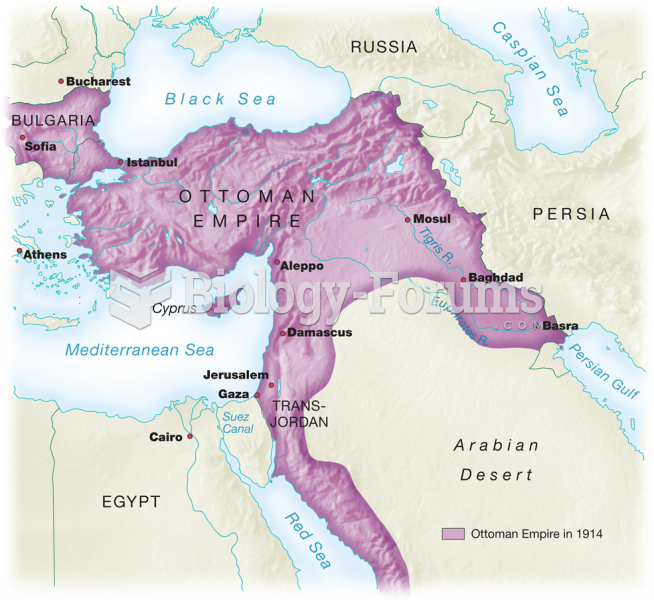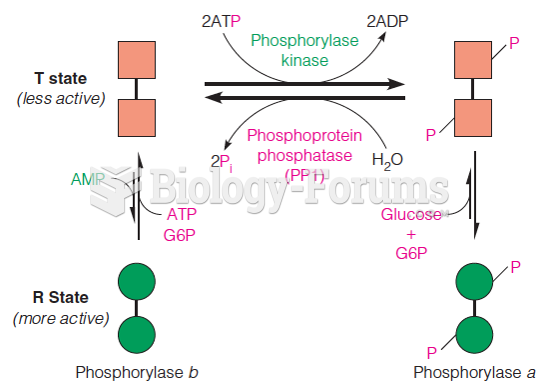|
|
|
Before a vaccine is licensed in the USA, the Food and Drug Administration (FDA) reviews it for safety and effectiveness. The CDC then reviews all studies again, as well as the American Academy of Pediatrics and the American Academy of Family Physicians. Every lot of vaccine is tested before administration to the public, and the FDA regularly inspects vaccine manufacturers' facilities.
The Romans did not use numerals to indicate fractions but instead used words to indicate parts of a whole.
More than 30% of American adults, and about 12% of children utilize health care approaches that were developed outside of conventional medicine.
Sperm cells are so tiny that 400 to 500 million (400,000,000–500,000,000) of them fit onto 1 tsp.
By definition, when a medication is administered intravenously, its bioavailability is 100%.







